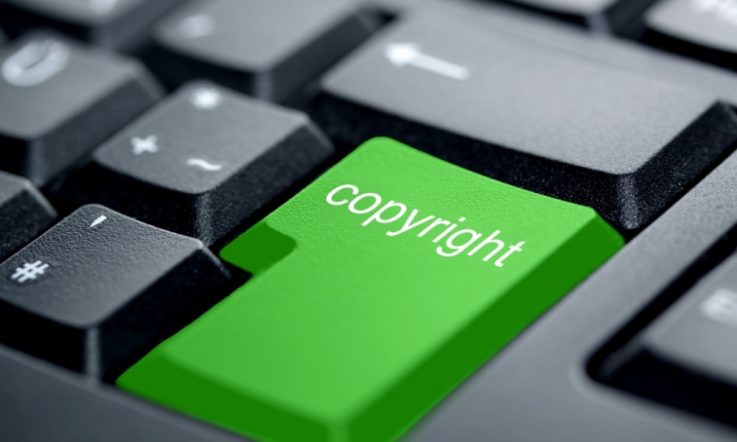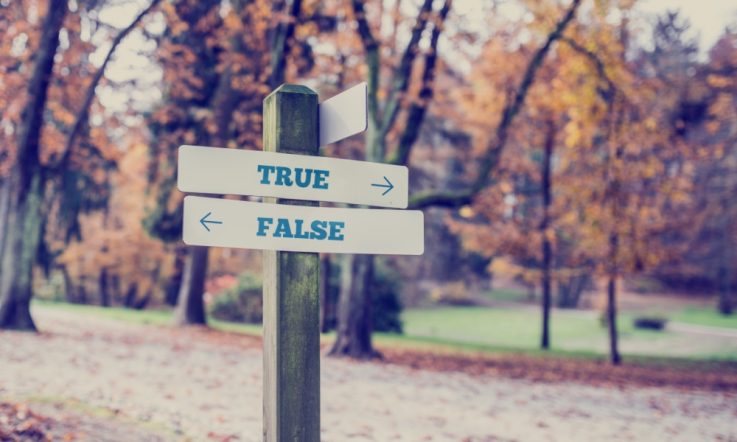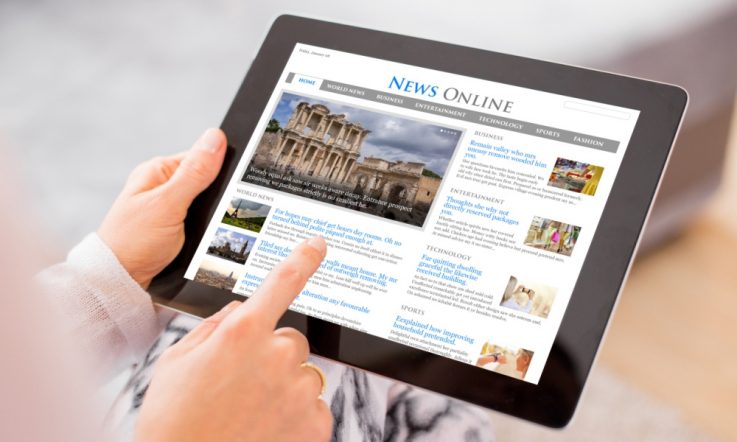Exposing students to a range of books and authors and helping them to create their own texts has provided the perfect opportunity for educators at St Aloysius College to teach them about digital copyright and the proper use of online resources.
Carol Grantham is Coordinator of Information Services and one of three teacher librarians at the R-12 all-girls school in Adelaide. ‘Part of our role as teacher librarians is to support the literature program across all year levels,' she tells Teacher. ‘We play a key role in promoting reading for pleasure.' This includes organising book talks with classes highlighting a wide range of texts and authors.
Following discussions with Year 8 English teachers, Grantham and colleagues created a unit of work called ‘Book Trailers and Creative Commons', linked to the Australian Curriculum: English (Year 8, Literacy, creating texts), in which students create a trailer to promote their favourite book.
Grantham says as the task involves students collecting images and music, it's also a great opportunity to teach them about copyright, creative commons licensing and referencing. ‘St Aloysius College [has] a large intake at Year 8, so it is important that we make all students aware of their digital responsibilities when using resources that they find online.
‘There is a common misapprehension among many young people, and teachers I have also discovered, that if images, music, movies and books are available online then they are free to download. This unit clarifies the misunderstanding and shows ways to find material that they can legally use and share, as well as teaching students to reference these sources.'
To kick off the unit, students are shown one book trailer produced by a publisher and two produced by fans, and then work in groups to assess the videos using a rubric. The next stage is planning. ‘[This] is crucial to the success of the trailer and is modelled by the teacher librarian before students begin each stage,' Grantham explains. ‘A concept map focuses attention on the main characters, setting, emotions, atmosphere and theme. Students then write a short summary of a key scene or theme using short sentences, concise text and pose questions to provide a “hook” that will leave the viewer wanting to read the book. This text is then transferred to a storyboard where they also describe the corresponding image for each slide.'
Before selecting the images and music for their trailer, and how to reference them, students are quizzed on their copyright knowledge. They watch a video on creative commons licences and teachers model how to search for images online, filtering by usage rights. The school's library website also has plenty of resources for students to access, including the assessment rubric and templates, and links to creative commons images and music. All the trailers are created in Windows Movie Maker and references are completed using the School Library Association of South Australia (SLASA) Online Referencing Generator.
Grantham says assessment of the trailers is done by both the teacher and student peers, and bibliographies are assessed by the teacher librarian. The final trailers are shown on the library television screen. ‘This has the benefit of promoting the books in the library and also giving the students a real audience for their work.'
The final book trailers are broadcast in the school library. How often do you give students opportunities to tackle authentic tasks where they are creating for a real audience?
Carol Grantham says it’s important students are aware of their digital responsibilities. In your school, whose responsibility is it to teach students about safe and appropriate use of online and digital material?



